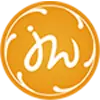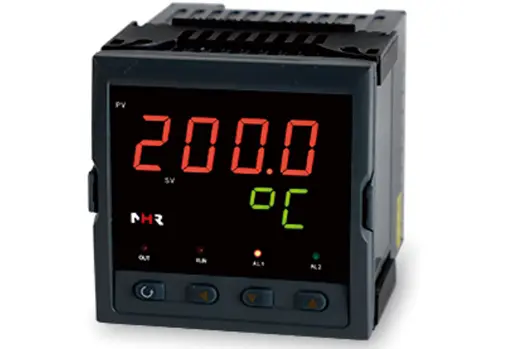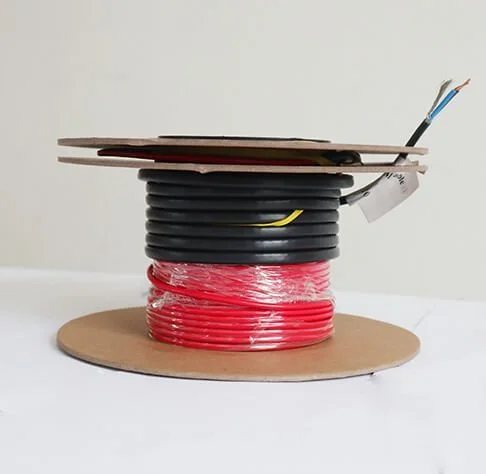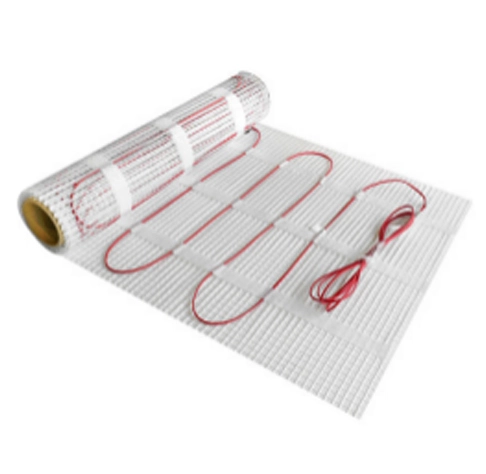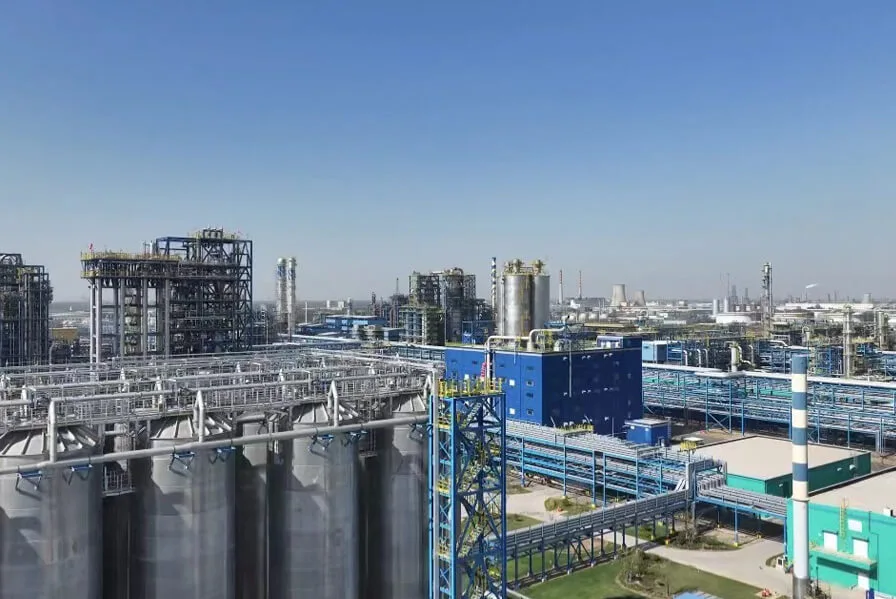Heating cable is a common heating equipment widely used in heating, de-icing, insulation and pipe anti-freeze. Understanding how heating cables work and consume energy, as well as the factors that go into selecting the best cable, are critical to proper use and efficient utilization of this equipment.
How does heating cable work?
Heating cables are insulated wires made of internally resistive material in which heat is generated by an electric current. The heating of the cable is conducted to the outside of the cable and heats the surrounding environment. Heating cables can be customized as needed to meet the heating needs of different application scenarios.

Does heat tape use a lot of electricity?
The energy consumption of heating cables depends on several factors, including cable length, power density, age of use and ambient temperature. Generally speaking, heat tracing cables will consume a certain amount of electricity during use, but their energy consumption is relatively low. Reasonable selection of power density and usage time, as well as appropriate insulation and energy-saving measures, can further reduce energy consumption and improve efficiency.
Cable Length:
The length of the heat tape directly impacts its total power consumption. Longer cables will consume more electricity because they cover a larger area and require more energy to heat.
Power Density:
Power density refers to the amount of power consumed per unit length of the cable, usually measured in watts per meter (W/m). Higher power density means the cable has a greater heating capacity but also consumes more electricity. For example, a heat tape with a power density of 20 W/m will consume more electricity than one with a power density of 10 W/m, but it will also heat the target area more quickly.
Age of Use:
Over time, the efficiency of heat tape may decrease due to factors like material degradation and reduced insulation performance. An older heat tape may require more electricity to achieve the same heating effect as a new one because its efficiency has diminished over the years.
Ambient Temperature:
The ambient temperature affects the energy consumption of heat tape. In colder environments, the heat tape needs more energy to maintain the desired temperature. During cold winter weather, heat tape may need to run for longer periods to prevent pipes from freezing, thus consuming more electricity. In warmer weather, the tape may only need to run intermittently, reducing energy consumption.
Feel free to explore our comprehensive article on how many amps does heat tape use and more info whenever you have a moment.
Choices for the best heating cables:
Choosing the best heat tracing cable requires considering the following aspects:
a. Adapt to the environment: Different application scenarios have different needs, such as heating, de-icing, pipe anti-freeze, etc. Choose electrical heat tracing cables adapted to the environment based on your specific needs. For example, Jiahong's electric underfloor heating wire series is suitable for users who seek efficient and consistent heating solutions for their homes or commercial spaces.
b. Power density: Choose the appropriate power density according to the size and characteristics of the object or area that needs to be heated. Too high a power density may result in increased energy consumption or equipment overload, while too low a power density may not meet heating needs.
c. Durability: Consider the durability and service life of the electrical heat tracing cable. High-quality heat tracing cables, such as our constant wattage heating cable series, usually use high-temperature-resistant, corrosion-resistant and long-life materials, and can work stably for a long time in harsh environments.
d. Safety: Electrical heat tracing cables should have safety functions such as overload protection, overheating protection and leakage protection to ensure safety during use.
The heating cable generates heat in the resistive material through the current generated by the current to achieve the heating effect. Its energy consumption is relatively low, but the exact consumption depends on several factors. Choosing the best electrical heat tracing cable requires comprehensive consideration of factors such as environmental adaptability, power density, durability and safety. As a professional heating cable manufacturer, Wuhu Jiahong New Material Co Ltd provides high-quality district heating cables and excellent services, which are worth considering.
If you are in need of high quality electrical heat tracing cables, please consider contacting Jiahong Company for more ordering information.
Popular Search Insights into Electrical Heating System
